Many people who receive Supplemental Security Income (SSI) in the United States will see two payments in May 2025. While it may look like a bonus, the second payment is actually your June payment sent early.
This happens because June 1 falls on a weekend, and the Social Security Administration (SSA) doesn’t send payments on weekends or holidays. So instead, the payment is moved up to the last business day of the previous month—May 30.
Why SSI Recipients Get Two Payments in May 2025
SSI payments are usually deposited on the 1st day of each month. But when that day is a weekend or public holiday, the SSA sends the money earlier. In this case, June 1, 2025, is a Sunday, so the SSA will send June’s payment on Friday, May 30.
This means SSI recipients will see two payments in May—one on May 1 and another on May 30. However, there will be no payment in June because it has already been sent in advance.
The next regular payment will be deposited on July 1, 2025.
How Much Will You Receive?
In 2025, the maximum SSI payment is:
- $967 per month for individuals
- $1,450 per month for couples
These amounts include the 2.5% Cost-of-Living Adjustment (COLA) for 2025. So, in May 2025, a person could receive up to $1,934 (two individual payments), and a couple could receive up to $2,900 (two payments combined).
But not everyone gets the full amount. The final payment depends on your income, housing, and other financial support. If you earn a salary or get help from family or friends, the amount may be reduced.
Who Can Qualify for SSI?
The SSI program is for people with limited income and resources. To apply, you must fit into at least one of these categories:
- Adults aged 65 or older, whether or not they are disabled
- Blind people, with vision of 20/200 or less in the better eye
- Disabled individuals, whose condition stops them from working
- Children under 18, with a serious disability expected to last at least a year or result in death
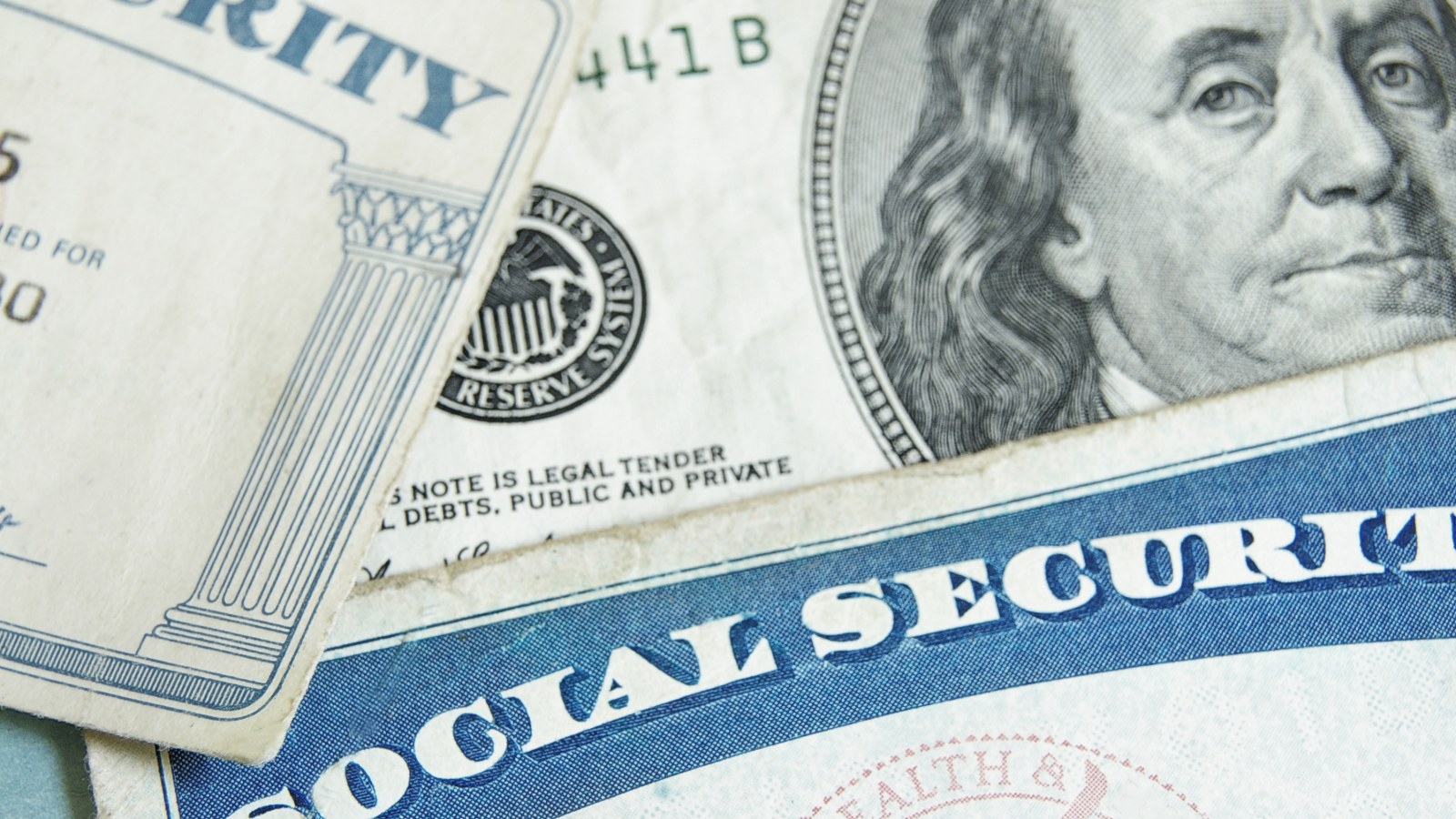
Income and Resource Limits
To qualify, you must have limited income and resources:
- Income includes wages, other benefits (like Social Security, unemployment, veterans’ benefits), and help from family or friends
- Free food or rent is also counted as income
- You should not earn more than $2,019/month from work (for individuals); limits vary for couples and children
Your resources must also be limited:
- Maximum $2,000 for individuals or children
- Maximum $3,000 for couples
- Resources include cash, bank accounts, property, vehicles, stocks, and personal belongings
Citizenship and Residency Rules
To receive SSI, you must:
- Be a U.S. citizen or a legal resident immigrant in an eligible category
- Have at least 40 quarters of work (for some non-citizens) or meet other specific rules
- Live in one of the 50 U.S. states, the District of Columbia, or the Northern Mariana Islands
- Stay in the U.S.—if you leave the country for 30 or more consecutive days, you may lose your benefits
- Not live in a government-funded institution (like a prison or public hospital) for a full month
How to Apply for SSI
You can apply in three ways:
- Online at the official SSA website
- By calling 1-800-772-1213
- By visiting a local Social Security office
You will need to provide documents like:
- Proof of age and identity (ID, birth certificate, passport)
- Income records (pay slips, bank statements)
- Medical records if applying for disability
- Details about your resources and living situation

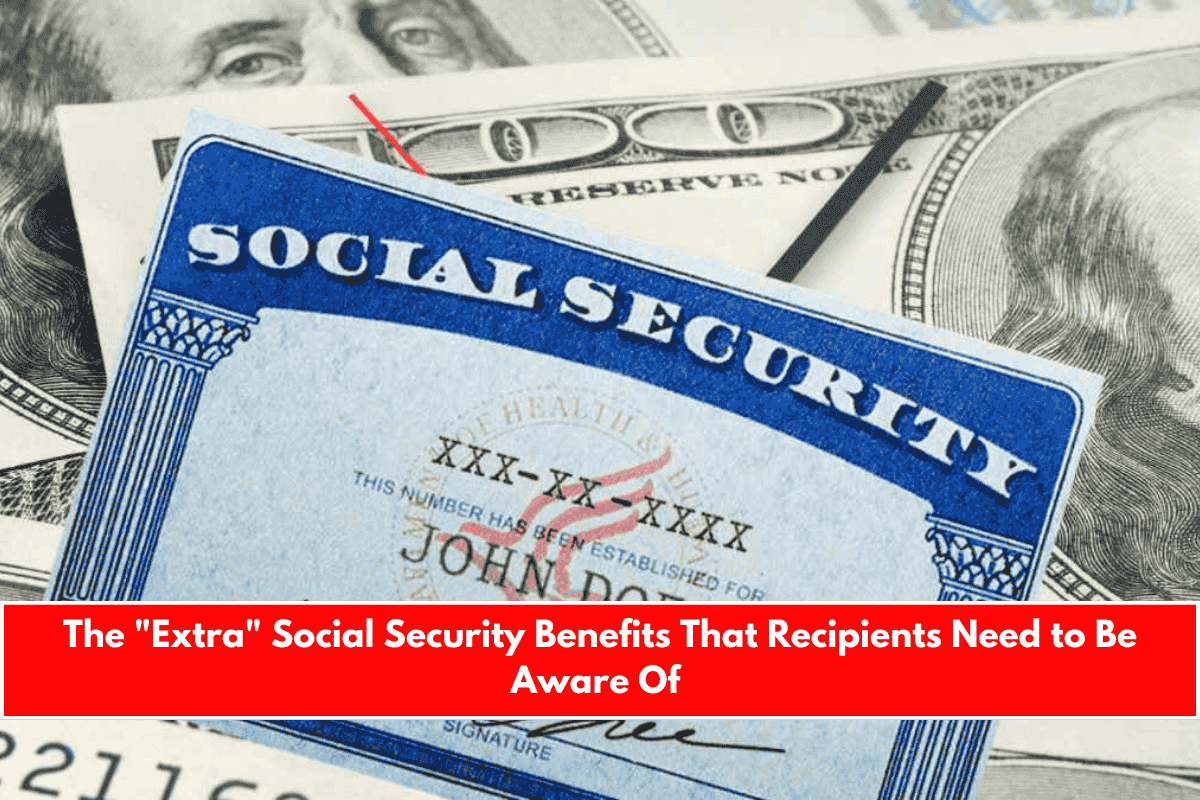
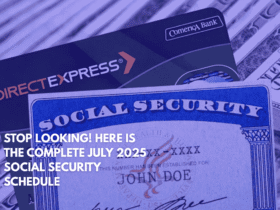
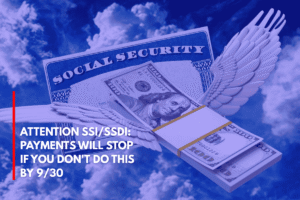
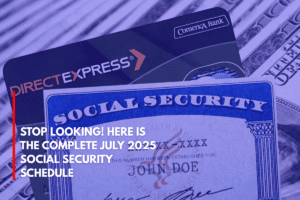
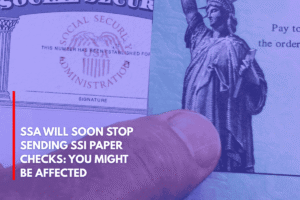




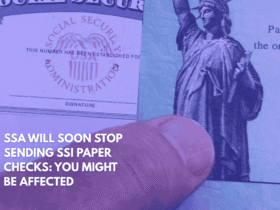
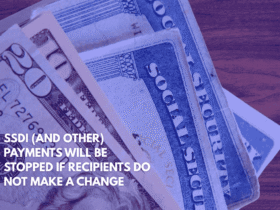

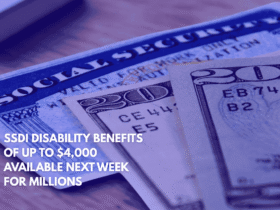
Leave a Reply